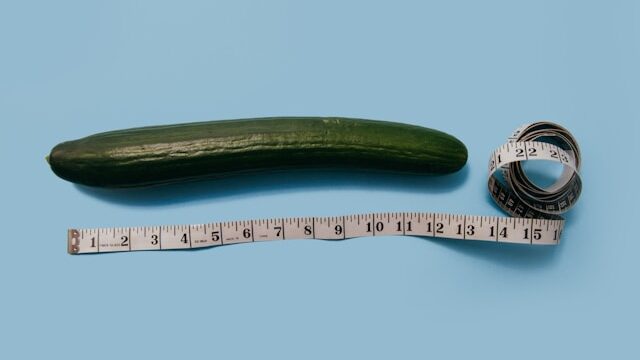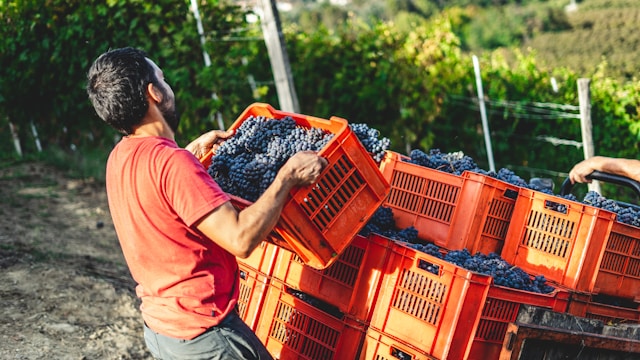Confidence is the engine that drives us toward success, influencing how we present ourselves and interact with the world. For many men, self-esteem is closely tied to perceptions of masculinity and body image, where size and performance are often unduly emphasized. In recent years, the market for enlargement products has expanded, reflecting a significant interest in solutions promising physical enhancement and improved personal satisfaction and confidence.
Understanding the Impact of Self-Perception on Confidence
Individual differences in body image can profoundly affect self-esteem. Men who perceive themselves as inadequate in physical attributes may experience a pervasive insecurity. The psychological layer of this issue is deep-seated; societal pressures and personal expectations interweave to create a complex tapestry of self-perception, making the journey toward self-acceptance challenging.
The Role of Male Enlargement Products in Self-Esteem Enhancement
It’s not uncommon for men to seek physical alteration to bolster self-assurance. Male enlargement products are often marketed as a way to address such concerns, promising results that may lead to a positive shift in self-view and, thus, more confidence. These products range from pills and creams to extenders and pumps, each purporting benefits that can lead to an enhanced self-image.
Navigating the Market with Caution
Amidst the array of options, users must approach male enlargement products with a healthy dose of skepticism and due diligence. The market is rife with unfounded claims and dubious products. However, when chosen carefully and used correctly, certain enhancement aids have been reported by some users to provide satisfaction, contributing to a more positive self-view and bolstering confidence in intimate settings.
The Psychological Benefits Beyond the Physical
The psychological impact may be the most significant benefit of these products. Men who experience positive results often report a newfound zest for life, an eagerness to pursue relationships, and an overall boost in self-confidence. The feeling of taking control and making a positive change in one’s life can be a powerful boost to self-esteem.
Setting Realistic Expectations for Enhancement Solutions
Setting realistic expectations is critical to ensure that the use of enlargement products brings about the desired boost in confidence rather than disappointment. These products are not miracle workers, and while some may offer aid, they should be seen as part of a holistic approach to improving self-esteem that includes fitness, mental health, and emotional well-being.
Body Positivity and Self-Acceptance as Foundations of Confidence
While considering enlargement options, anchoring oneself in body positivity and self-acceptance is essential. True confidence emerges from physical changes and an internal affirmation of self-worth. As individuals navigate the complex journey of self-improvement, recognizing intrinsic value irrespective of physical characteristics can sustain self-esteem through fluctuations in life.
Exploring the Connection between Confidence and Intimate Relationships
Confidence plays a pivotal role in intimate relationships. It underpins one’s ability to engage with partners authentically and openly, creating a foundation for healthy and fulfilling connections. When men feel secure about their bodies, they are often more present and attentive, leading to stronger bonds and improved relational satisfaction.
Developing a Comprehensive Approach to Male Enhancement
An all-encompassing approach to male enhancement should incorporate not just the physical but also the emotional and psychological dimensions. Holistic strategies for boosting confidence include counseling, lifestyle modifications, relationship communication, and, where suitable, the use of enhancement products as one part of a larger personal development plan.
Seeking Professional Guidance
Before embarking on a journey with male enlargement products, consulting with healthcare professionals can provide clarity and safety. It’s valuable to seek advice from those who understand the physical and psychological nuances involved. Healthcare providers can help set appropriate expectations and guide men toward products and practices that align with their goals.
Achieving Greater Confidence
In the pursuit of confidence, male enlargement products may serve as a tool for some, acting as a catalyst for more significant life changes. When used responsibly and appropriately, these products have the potential to alleviate personal insecurities, paving the way for a more self-assured and fulfilling life.
The dialogue surrounding male enlargement is multifaceted, encompassing a spectrum of physical, emotional, and social elements. It’s a personal quest that spans beyond the pursuit of idealized physical norms, reaching into the heart of what it means to be confident. With the right mindset and a balanced perspective, the journey to enhanced self-esteem can be both responsible and transformative.

